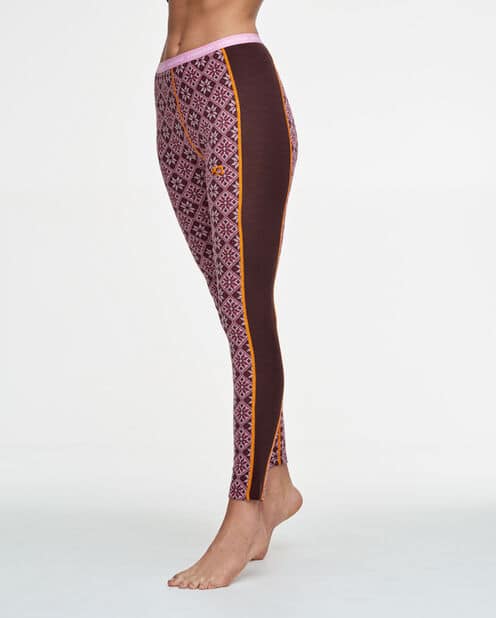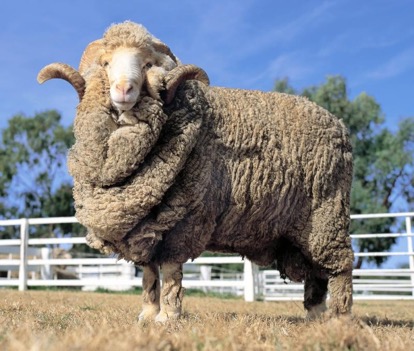Recommended News On Selecting Merino Wool Base Layers
Wiki Article
Why Is The Yak Merino Base Layer So Good For Winter Sports Clothing? Why?
Due to the combination of benefits of both yak and Merino Wool, merino base layers can be used effectively for winter sports clothing. The hollow fibers in it trap air, resulting in excellent insulation. The fabric is made warmer when combined with the merino fiber, which has outstanding insulation properties.
Moisture Management- Merino wool has moisture-wicking properties which means it absorbs moisture from the body, and then release it back into the atmosphere while keeping the wearer dry. Yakwool adds to this by its moisture-wicking abilities. This blend regulates the body's temperature by keeping moisture off your skin during vigorous physical exercise in cold temperatures.
Softness and Comfort- Merino wool is known for its softness and fine fibres, which are less likely to cause irritation on the skin. In combination with Yak's soft, smooth fibers the resultant fabric feels good against the skin.
Odor Resistant: Merino and yarns made of yak wool also have antimicrobial properties which assist in stopping the development of bacteria that cause the odor. This characteristic allows the garment to keep its freshness even when worn for extended periods.
Durability Its durability Yak is a durable fiber. When combined with merino, it can withstand the wear and tear that comes with outdoor sports and activities.
Temperature Regulation- The insulation characteristics of yak merino yak wool base layers aid in regulating body temperature, keeping wearer warm in cold temperatures but also sufficiently breathable to avoid excessive heat during high activity.
Merino Wool and Yak Wool are renewable, biodegradable fibers which make them green options for winter sportswear.
In addition to these advantages, yak wool base layers are highly efficient in winter sportswear. They offer warmth, comfort moisture management and durability in cold conditions. Read the most popular merino wool base layers for more examples including smartwool base layer, 100 merino wool base layer, smartwool 250 base layer, merino wool layers, wool base layer, spyder baselayer, merino base layer, wool thermals mens, sitka base layers, smartwool 150 base layer and more.

What Are The Benefits Of Bamboo Clothing In Regards To Thermal Regulation, Biodegradability, Uv Protection, And Environmental Impact?
Thermal Regulation: Bamboo clothing is an excellent option for thermal regulation. It also offers UV protection and biodegradability.
Insulation: Bamboo fabric is a natural material with natural thermal regulating properties that provide warmth in cold weather. It helps regulate the body temperature by storing heat in cooler conditions and allows ventilation to avoid overheating during physical activity.
UV Protection
UV Resistance- The bamboo fabric gives natural protection against harmful UV radiations. It is able to block a major portion of the ultraviolet sunlight's rays and provides a further layer of protection against sun exposure.
Biodegradability-
Eco-friendly - Bamboo clothing breaks down in a natural way, which means that it does not leave harmful residues at the conclusion of their cycle, or cause environmental pollution. This feature helps reduce waste and minimize the environmental impact from discarded clothing.
Environmental Impact-
Bamboo is a very renewable raw material. It is fast growing, abundantly and with no chemical fertilizers. The speed of growth makes it a renewable resource.
Low water usage Bamboo requires less water than other crops such as cotton, which makes it more efficient in water use. This is a major factor in conservation efforts and lessens the demand on water resources.
Soil Conservation
Soil Health - Bamboo cultivation generally does not deplete soil nutrients or require extensive irrigation, contributing to better soil conditions and reducing the need for destructive agriculture practices.
Carbon Sequestration
Carbon Absorption Bamboo plants are able to absorb more carbon dioxide and release oxygen into air than some other plants. This property contributes to efforts to fight climate change through decreasing carbon emissions.
The thermal regulation of bamboo clothing and its UV protection its biodegradability and its positive environmental impact make it a popular option for those seeking practical and sustainable clothes. These qualities align with eco-friendly practices and offer benefits for both the wearer as well as the environment. See the recommended koraoutdoor.com winter clotihng for more info including bamboo fabric clothing, bamboo pants ladies, bamboo fishing shirts, preemie bamboo pajamas, bamboo clothing wholesale, bamboo childrens clothing, long sleeve bamboo t shirt, bamboo shorts womens, cotton bamboo pajamas, childrens bamboo socks and more.

What Is The Difference Between Merino And Wool Clothing?
Comparing merino wool with bamboo clothing and traditional wool in terms of warmth, texture as well as moisture absorption. texture.
Merino Wool - Merino Wool is well-known for its softness and very fine fibers. It has a more smooth more supple and less scratchy feel when compared to other types of wool. It's regarded as more comfortable.
Clothing is made of Bamboo. The bamboo is a smooth, silky fabric, often compared to cashmere and silk. It's soft and smooth, which makes it comfortable to wear.
Traditional Wool - Traditional wool may vary in texture, some varieties may be more coarse and more susceptible to discomfort or itching when compared with merino or bamboo clothing.
Warmth-
Merino Wolle Merino fibers are excellent insulators and provide warmth. It is able to retain heat even if it is it is wet. It makes it a perfect insulation material in cold temperatures.
Bamboo Clothing- Bamboo clothing also can be warm, but it isn't able to provide the same level of insulation like the merino wool. Bamboo clothing regulates body's temperature and offers comfort under various conditions.
Traditional Wool- Similar to wool from merino sheep wool is warm and insulation. Traditional wool is heavier than merino and bamboo clothing.
Moisture Absorption-
Merino Wool Merino Wool, due to its outstanding moisture wicking properties, draws moisture away from skin and allows it evaporate. It is warm when wet.
Bamboo Clothing- Bamboo fabric also has moisture-wicking capabilities, drawing moisture away from the skin, and providing the comfort needed during physical activity. It regulates moisture, keeping people dry.
Wool isn't as wicking as bamboo or merino. Certain types of sheep's wool may feel damp and heavy after being wet.
Merino is considered to be an extremely warm and soft material with excellent moisture-wicking capabilities. Bamboo clothing is smooth and silky. It is warm. It also regulates moisture. The wool's texture is a bit different and it can be used to provide warmth, moisture absorption and an incredibly soft feeling. However, it can appear coarser and heavier when compared to merino clothes or bamboo clothing. Each one is distinctive and caters to different needs. Take a look at the most popular bamboo winter clothing for more advice including ll bean merino wool base layer, ski layers, merino wool underlayer, ll bean merino wool base layer, smartwool mid layer, minus 33 base layer, warmest base layer for skiing, merino long underwear, lightweight merino wool base layer, smartwool merino 250 base layer and more.
